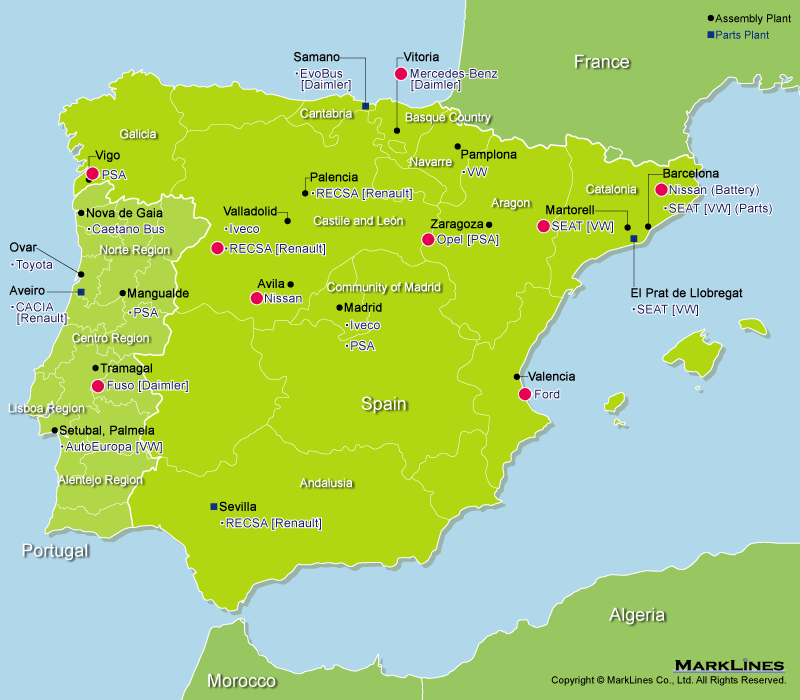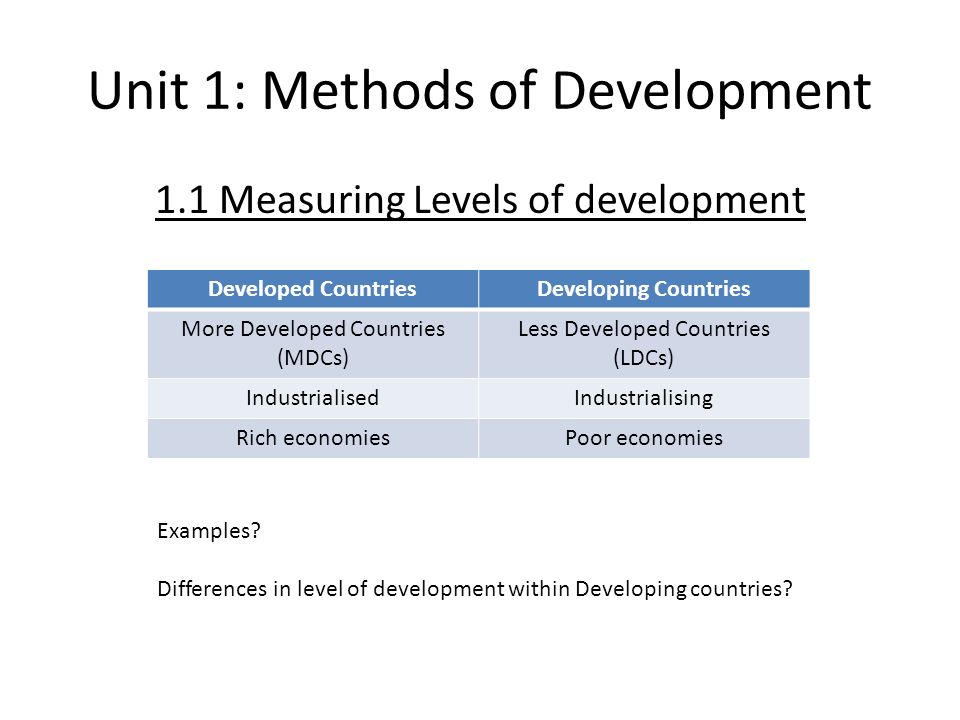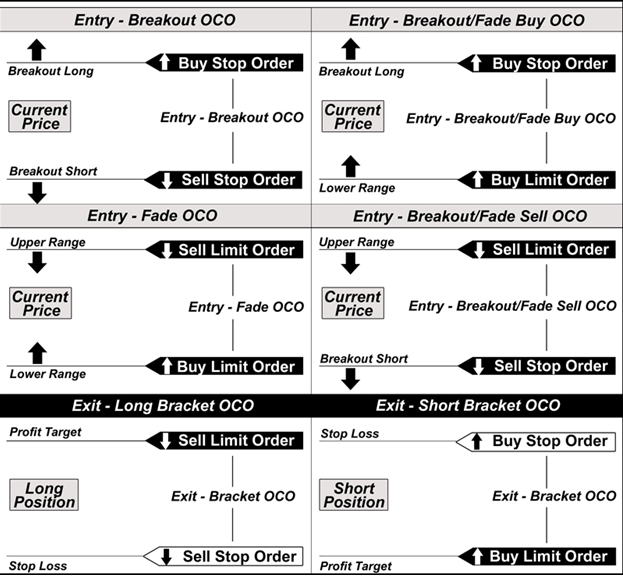- Dic 21, 2022
- Prova Prova
- 0
Contents:


An outstanding checks system provides a foundation for collaboration among all departments. It is the pillar of support, so departments are able to function. There are a few exceptions where ERP systems have failed for some companies. This is mainly attributed to a lack of communication or outdated systems. ERP implementation mistakes can occur when employees are hastily trained and not given time to properly learn the interface. The lack of communication means you’re not aware of all operations.
The software, being continuously updated and watched in real-time, ensures needed information is accessible by each appropriate department. It is also designed to pass information between departments. For example, manufacturing may need to know about purchase orders on deck.
What is an ERP and what does it do?
The most popular ERP software are Oracle NetSuite, SAP ERP, Oracle ERP Cloud and Microsoft Dynamics 365. The right solution depends on your business’s size, niche and specific needs. An ERP system can help minimize redundant information and poor data quality. Think of duplicated payments to contractors, poorly labeled information and duplicate data entries which skew insights. Poor data quality is problematic because it threatens data integrity, limits visibility, fosters misunderstandings and conflicts and wastes valuable company resources.
What Is Workday Software & What Is It Used For? – Forbes
What Is Workday Software & What Is It Used For?.
Posted: Wed, 04 Jan 2023 08:00:00 GMT [source]
Use synonyms for the keyword you typed, for example, try “application” instead of “software.”
This is a simple definition of ERP
Large corporations with interstate and international locations had to work around time zones and even language barriers. Enterprises that rely on custom code in their ERP cannot use ERP as a service. If they wish to operate in the cloud, the only option is to move to an IaaS provider, which shifts their servers to a different location. With these ERPs, all customers operate on the same code base and have no access to the source code. Enterprises often have overlapping databases and weak editing rules. The tighter editing required with an ERP system increases data migration time.

By the mid-1990s, as the web grew in popularity, client-server ERP was being retrofitted with web browser-like UIs. Definitions vary, but midmarket is generally defined as companies with several hundred employees and annual revenues between $50 million and $1 billion. Midmarket ERP adds more optional modules, such as SCM and WMS, and can accommodate more users than entry-level ERP. When confirmation arrives that the customer received the shipment, the user creates an entry in the accounts receivable section of the general ledger, the collective name for the accounts in the ERP finance module. There, they generate an invoice and send it to the customer.
How to Select an ERP System?
This innovative technology brought the entire business, from accounting to product development to manufacturing, order fulfillment and HR, together on a common database. These early ERP solutions had steep capital and operating expenses. Companies needed to buy servers, hire an IT team with the appropriate expertise and then pay for licensing and implementation. Every business must complete work that requires numerous stakeholders with various responsibilities. But that’s a struggle when the information needed to execute processes and make key decisions is spread across disconnected systems.

Overhead– Costs related to running a business not directly related to manufacturing. Outsourcing– Use of other, third party organizations to perform tasks in place of an internal resource. Integrated Software– A software system that combines many functions into one application.
Benefits of ERP
Selecting the right product and vendor depends on understanding your organization’s needs and evaluating competing systems side by side. Companies traditionally deployed one ERP system for their entire organization, from headquarters to regional offices and subsidiaries. Certain subsidiaries had special requirements and didn’t need the full corporate suite. This one-size-fits-all approach doesn’t work for many organizations. The reason many organizations are hesitant to go cloud is because of on-premise ERP systems.
However, vendors still struggle to deliver comparable features in their cloud ERP offerings, and on-premises ERP outsells cloud by a wide margin. Enterprise Resource Planning – Software that manages and integrates the entire organization such as customer relationships, sales, engineering, production, procurement, inventory and finance. Enterprise resource planning – more commonly referred to as ERP – is a software system used to manage and maintain the functions of a business. Blockchain packages data in a secure format and can increase transparency among companies in a supply chain.
Make sure the solution you choose has all of these functions. The advantage results if an ERP system combines multiple data sets from different databases and is centralized with other applications. A single source of instantaneous data removes manual merging between separate data sources based on their business operations. In addition, a shared database provides a consistent, cross-functional perspective on companies.
- ERP software for small businessescan help you move beyond spreadsheets and efficiently manage every aspect of your growing company – from sales and customer relationships to financials and operations.
- Cross-company visibility makes it easier to spot inefficiencies that drive up costs and leads to better deployment of all resources, from labor to inventory to equipment.
- It can automate requests for quotes and purchase orders and, when linked to demand planning, minimize overbuying and underbuying.
- The platform is generally maintained by the company that created it, with client companies renting services provided by the platform.
- That’s yet another area where marketing and your ERP can work together.
Cloud-based ERPs offer near infinite ability to scale and empower your team to access any information they need wherever their work takes them, from customer sales meetings to remote worksites to your home office. The ability to securely login from anywhere can’t be understated in the post-COVID business environment, where more workers than ever are working from home and other remote locations. To use SharePoint’s content AI services — Syntex — organizations should determine their pain points and plan thorough end-user … The vendor’s latest industry-specific platform — its sixth — is aimed at manufacturers and comes with best practices, a set of …
Cloud ERP
The open-source software is highly customizable, so you can squeeze in functions and functionalities based on your business needs. Best of all, it combines accounting, CRM, e-commerce, inventory, POS and project management in a centralized platform. Other than customization, Oodoo offers tutorials and training per package, which makes it easy for salespeople to identify what they need to do to attract leads, engage customers and increase customer interactions.
Comparison Fact Sheet Between ERP Phase 2 and PARP – Agweb Powered by Farm Journal
Comparison Fact Sheet Between ERP Phase 2 and PARP.
Posted: Fri, 20 Jan 2023 08:00:00 GMT [source]
Let’s say you have two stores in different parts of your city. Each store is driving sales, but you want to know how your company as a whole is performing. Using an ERP will allow you to bring all your sales data from both stores together. An ERP platform also come equipped with handy dashboards and reports that enable you to get a complete bird’s eye view of your finances. You can also use your platform to automate time-consuming tasks by allowing you to automically enter figures and purchases into your dashboard.

ERP systems provide a consistent user interface, thereby reducing training costs. When other software is acquired by an ERP vendor, common look and feel is sometimes abandoned in favor of speed to market. As new releases enter the market, most ERP vendors restore the consistent user interface. A company may choose to do a single-step rollout of one system module but perform a more phased or parallel approach with other more complex or high-stake modules. This ERP implementation approach enables organizations to save time and money on transitioning certain functions while safeguarding vital modules that may require additional troubleshooting. ERP systems enable people in different departments to communicate effectively.
- WebFXs proprietary digital marketing platform makes it easier than ever to track digital marketing performance, conduct industry research, calculate ROI, and make strategic decisions.
- Cloud computing’s internet connectivity made it easier for companies to connect their ERP systems to customers, suppliers and partners.
- Cloud software vendors typically strive for 99.999% availability—which translates into customers seeing less than eight minutes of unplanned downtime each year.
- ERP systems also support industry-specific requirements, either as part of the system’s core functionality or through application extensions that seamlessly integrate with the suite.
Then coordinate each schedule into a https://1investing.in/ calendar so all your departments and third-party partners stay on the same page. Tier III ERPssupport midtier enterprises, handling a handful of languages and currencies but only a single alphabet. Depending on how ERPs are categorized, there are 75 to 100 Tier III ERP solutions. ERPs were originally designed for manufacturing companies but have since expanded to serve nearly every industry, each of which can have its own ERP peculiarities and offerings. For example, government ERP uses contract lifecycle management rather than traditional purchasing and follows government accounting rules rather than GAAP.
